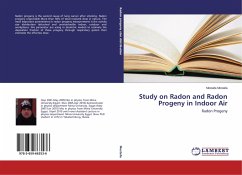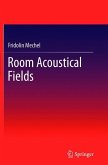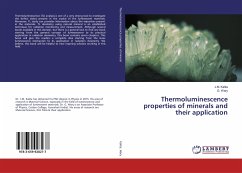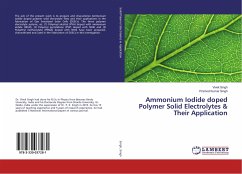Inhalation of the short-lived radon and thoron decay products in homes, at work places and in the outdoor atmosphere, yield the greatest amount of the natural radiation exposure of man. Radon is known to present a risk of lung cancer when it, or rather its decay products are inhaled. For this reason, it is of great importance to determine concentrations of radon, thoron and their progeny in a room. For that purpose extended Jacobi s room model for three modal distribution of attached radon progeny is introduced. The parameters of Jacobi room model were determined by modeling radon and thoron progeny as Brownian particles, where indoor airflow is neglected. In case of turbulent indoor airflow, deposition velocities of unattached and attached radon progeny were presented as functions of friction velocity. Influence of aerosol characteristics on deposition rate of attached radon progeny and attachment rate in turbulent airflow was investigated in this monograph. It was shown that there is correlation between deposition rates and ventilation rate.








